Canon PowerShot SX130 IS Review
Canon PowerShot SX130 IS
This 12x optical zoom compact is family friendly in terms of shape, operation and, most importantly, price.
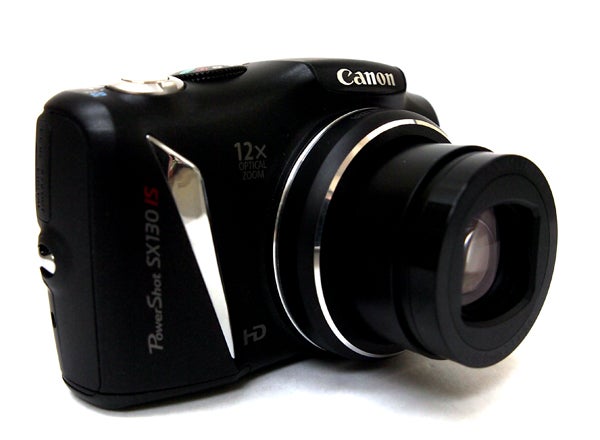
Verdict
Pros
- Long 12x zoom lens (28-336mm)
- Easy automatic operation
- Manual controls
- Great value
Cons
- Fiddly controls
- Manually operated flash
- Bulky
- Uses AA batteries
Key Specifications
- Review Price: £150.00
- Long 12x zoom lens (28-336mm)
- 12.1 megapixel
- Manual controls
- 3in LCD screen
With echoes of more expensive cameras in the PowerShot range, yet less hard edged and threatening in appearance, the 12x optical zoom, 12.1 megapixel PowerShot SX130 IS comes across as an enthusiast’s ‘super zoom’ that’s been stripped back and simplified. The aim is a wider target audience and a more affordable price. It’s nigh identical in cost to the Fujifilm FinePix S2800HD, which fields a broader 18x range, yet also feels like a ‘baby’ version of one of its maker’s more serious propositions, such as the HS10.
The PowerShot SX130 IS replaces and succeeds the existing PowerShot SX120 IS model, and while it may not be the most svelte nor attractive option for anyone looking for a comparable 28mm-336mm focal range (in 35mm terms) within compact dimensions, Canon has price in its favour. Current online deals suggest the SX130 IS can be snapped up for a bargain £150, down from its manufacturer’s equally reasonable £199 on launch. If a slimmer proposition does immediately appeal, look to the Panasonic Lumix TZ series or even Fuji’s 15x zoom FinePix F300EXR for that.
This camera obviously has a family audience in mind as evidenced by an optimised setting for photographing children and pets being one of the 11 options on its ridged penny-sized shooting mode dial. It will particularly appeal to someone who wants a point and shoot camera with rather more scope in terms of lens reach than the 3x, 4x, or 5x optical zooms typically offered by pocket sized shooters for under £200. The ‘IS’ suffix here denotes image stabilisation, essential when shooting handheld at the telephoto end of the zoom. Canon has opted for the optical/lens shift variety rather than jiggling the actual sensor, which will provide you with a three stop advantage.
With a weight of 308g and thickened dimensions that provide a depth of 45.8mm, the SX310 IS is too much of a squeeze for a trouser pocket, and is best suited to the inner pocket of a winter coat or bag. The extra bulk is partly due to the camera being powered by two alkaline AA batteries, keeping costs down for Canon. They’re best quickly replaced with rechargeables – Eneloops are your best bet.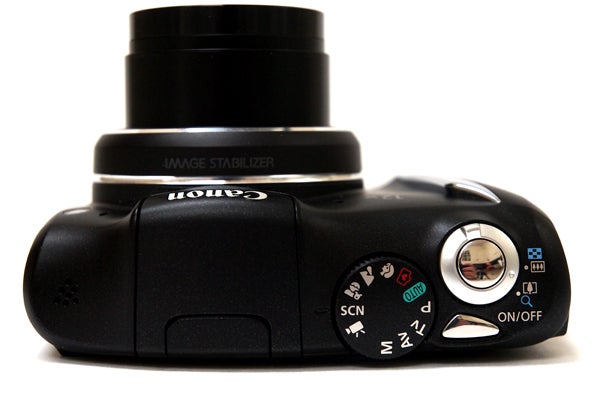
The top mounted dial features the creative quartet of program, aperture priority, shutter priority and manual shooting modes, alongside pre-optimised settings for getting the best out of portraits and landscapes and not one but two auto options (Smart Auto and ‘Easy’ auto). There’s also the usual bundle of scene modes, including some funky digital effects filters to selectively warp and blur as desired, plus a video mode. Here High Definition movie clips are a maximum 1280×720 pixels at a respectable 30fps frame rate, up to 10 minutes in duration and, impressively, with stereo sound. There’s no one-touch video record button, unfortunately, which might have extended ease of use even further. Unsurprisingly there’s no HDMI output either, just regular AV output and USB 2.0 connectivity sharing a port under a side-mounted rubber flap.
For manual adjustments, pressing the top of the scroll wheel/dial and rotating it will adjust ISO, from 80 up to 1,600, while aperture and shutter speed adjustment comes courtesy the same dial used with different combinations of buttons. It works, but we’re not major fans. It’s always too easy to shoot past the setting you want, such is the wheel’s responsiveness.
With two AA batteries loaded and SD card inserted, the SX130 IS feels reassuringly solid, despite the large amount of plastic in the build. Designer it isn’t but the matt black finish and attractive chrome detailing manages to inject a modicum of style.
As ever, in order to deliver a compact that is as compact as possible, the handgrip on the SX130 IS has been compromised. Here we get a mirrored angled strip at the front – resembling a slash or tear in the camera’s body work – into which fingernails, rather than actual fingers, can be tucked and which doesn’t have a rubber finish. It feels more sensible therefore to use both hands to steady and level the camera, though there’s not a great deal of room between the LCD screen and the left hand edge of the camera to rest a thumb there.
Despite the bulging styling suggesting room to squeeze in an optical viewfinder, there isn’t one on the SX130 IS. The ridge above the lens houses a pop up flash instead, which does have the bonus of reducing red-eye as the flash is further from the lens. The photographer is thus reliant on the fixed 3-inch, 230k-dot screen for framing and reviewing all images. We found this adequate for the purpose, but using the camera across several dull wintry days it gave the impression of our exposures being brighter than they actually were, once downloaded to the desktop.
The headline feature of that bigger than average zoom is controlled by a lever that encircles the shutter release button on the top plate, both of which are subtly angled forward so making for more comfortable operation when hand-holding the camera. Unlike some of its competitors, such as the 10x zoom Casio EX-H20G, the full extent of the lens reach can happily be utilised when recording video, to take in both wide angle and close up framing. We’ll examine its performance in due course.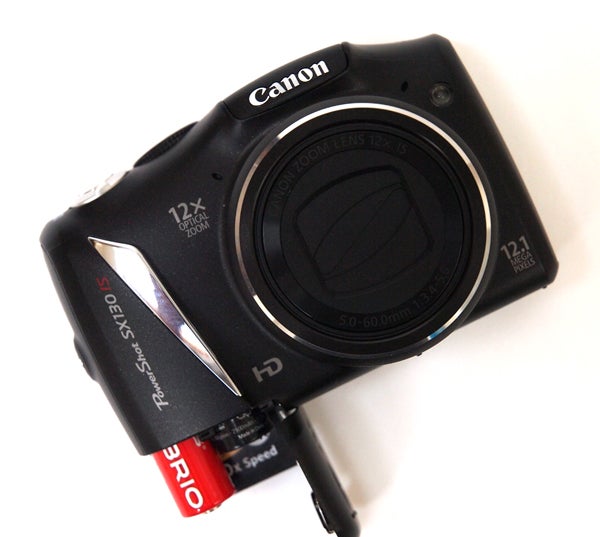
As mentioned in our introduction, we would have preferred to have seen a dedicated record button featured where the playback button is located top right of the camera back. As it is, video has to be first selected on the shooting mode dial and then recording begins and ends with subsequent presses of the shutter release button.
As noted, the main auto mode on the SX130 IS is in fact ‘Smart Auto’, whereby the camera compares the scene or subject before its lens with 28 on-board presets and selects the most appropriate to deliver optimal results. As we’ve found with past PowerShot and IXUs models, it works very well, and allows those who just want to concentrate on their subject matter rather than fiddling around with settings to be able to do so – and still get decent results. Other smart features include the camera adjusting flash intensity dependent on prevailing light conditions, and firing the shutter when detecting a smile or wink – useful for those family portraits.
Slightly gimmicky perhaps but fun nonetheless are the Canon’s digital effects modes, which here include fisheye, miniature mode, Super Vivid option and retro feel Poster Effect.
A press of the top-mounted tapering power switch and the SX130 IS readies itself for the first shot in just under two seconds, which is reasonably quick for its class. The lens barrel extends from its housing slightly proud of the body to full wideangle setting, whilst the back screen blinks into life with a cute chirping noise. Because this camera is aimed at the less experienced user, capture options here are limited to JPEG stills, written to SD media card with support for the high capacity SDXC newly offered this time around.
A half press of the shutter release button and focus and exposure is determined near instantaneously, AF point/s highlighted in green with accompanying bleep of affirmation that the shot can now be taken. Do so and a full 12 megapixel Large, Fine quality, least compression JPEG is written to memory in just over two seconds, screen briefly blacking out before freezing to briefly display the captured still.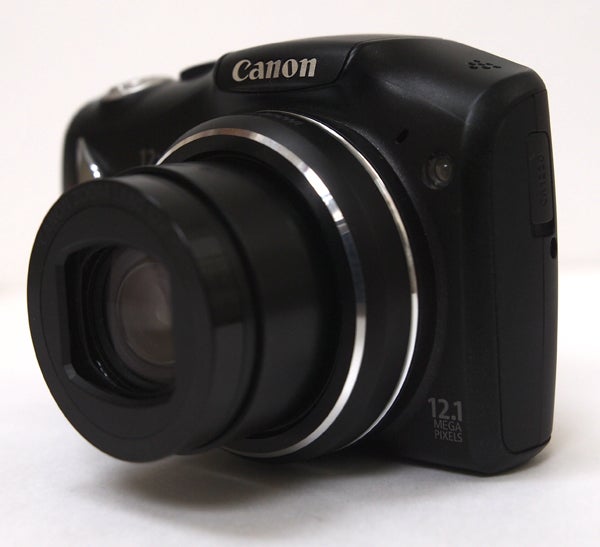
Toggle the zoom lever that surrounds the shutter release button and the optical zoom moves rather slowly and deliberately through its range, a process taking around three and a half seconds, sound-tracked all the while by a low mechanical buzz. Attempt to use it when filming video and timings slow right down, the zoom taking ten seconds to make the same journey, the effect being that the sound of its adjustments isn’t quite so pronounced. To give this slight ‘fudge’ rather than fix a positive spin, it at least avoids vomit-inducing lurching camerawork.
As well as providing manual exposure control, the scroll dial offers the ability to switch from infinity focus to macro focus, or ‘dial in’ a manual setting in between using the scroll wheel. Again, we found this implementation rather fiddly and had to scroll very gingerly to effect change to the manual focus slide rule on the right of the screen, a central portion of the screen showing an enlarged portion of your intended subject to help determine focus more accurately. We can see most of the SX130 IS’ intended audience simply not bothering.
In terms of picture quality we were pleasantly surprised with the results we got from the SX130 IS. With colours veering toward warm straight out of the camera, images avoided looking too flat, even under dull, grey wintry skies. Inevitably when shooting handheld at maximum zoom we got our fair share of soft shots, and it became common sense/second nature to shoot two or three frames of every subject we attempted at the telephoto end to make sure at least one of them was sharp enough. At least we encountered commendably little in the way of barrel distortion at extreme wide angle, and sharpness is well maintained edge to edge. Pixel fringing, although visible under close inspection, is kept well under warps for the most part. 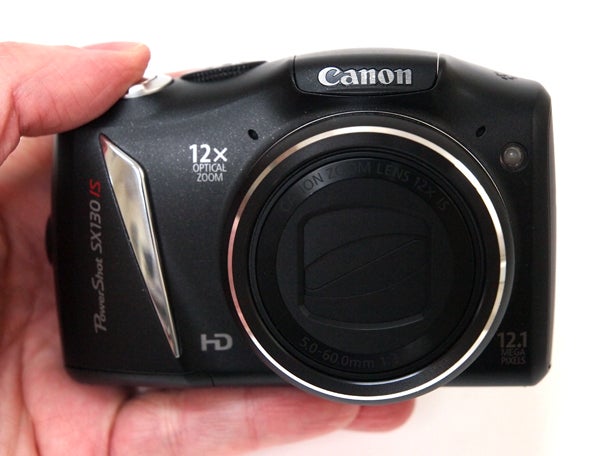
For low light shooting without the aid of the flash, which has to be raised manually, up to and including ISO1600 is perfectly usable, as our test shots show, though of course you’ll want to stick blow ISO800 to get a truly noise-free photograph. If you do want to tweak the look of your basic images in-camera rather than at the download/editing stage, the digital effects filters and My Colors modes are just subtle enough to enhance the occasional shot rather than overdoing it. Used sparingly they can in fact become an additional creative tool rather than just a gimmick.
”’Verdict”’
Family friendly in terms of both operation and price, the SX130 IS will extend the photographic opportunities of anyone more used to happy snapping, without forcing them to confront a particularly steep learning curve like a compact system camera or DSLR might. The full-ish complement of manual controls are there if you want them, for when experience and desire to experiment grows. But, if not, it’s a case of point and shoot all the way and generally you get decent results with the minimum of fuss and user input.
What’s more this camera feels like great value for money if you don’t mind a slightly bulkier and more plastic-y feel than usual. The use of AA batteries is also something to bear in mind, though this can be an advantage as much as a hindrance. We’d argue these are compromises worth making as the SX310 IS packs a lot more into its generously proportioned frame than you’ll easily find for an equivalent outlay. It may not be sexy, but it’s practical.
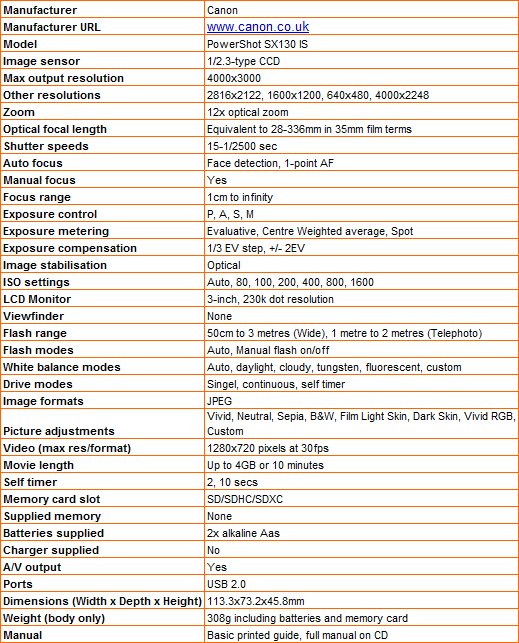
”’A selection of images taken at the camera’s incremental light sensitivity settings, using only available daylight.”’
—-
—-
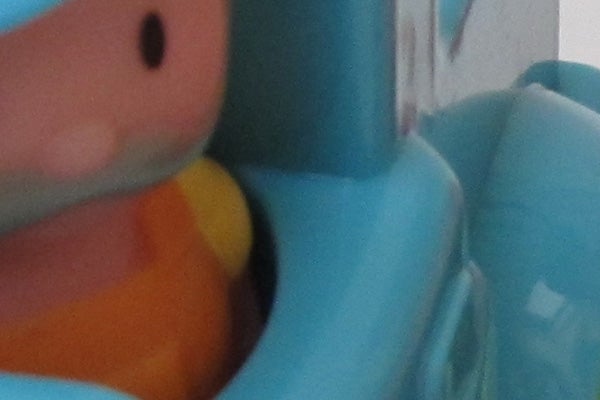
With the SX130 IS’s Auto ISO setting selected, the camera has opted for an ISO400 equivalent setting to deliver a clean, clear and crisp image.
—-
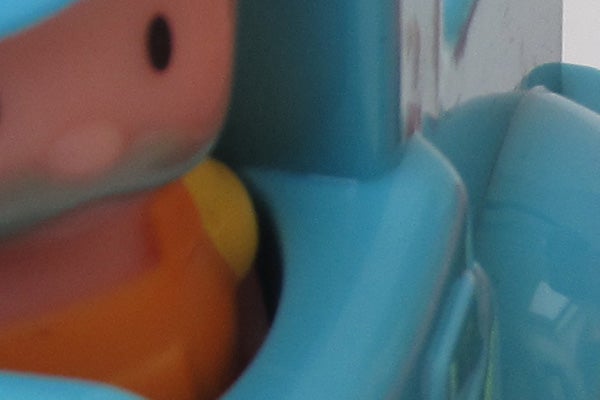
We’re at the lowest manually selectable setting of ISO80, and as expected there’s no noise to report yet.
—-
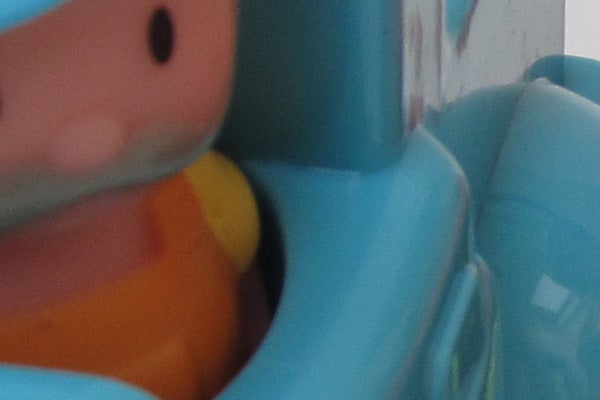
The same is true of ISO100.
—-
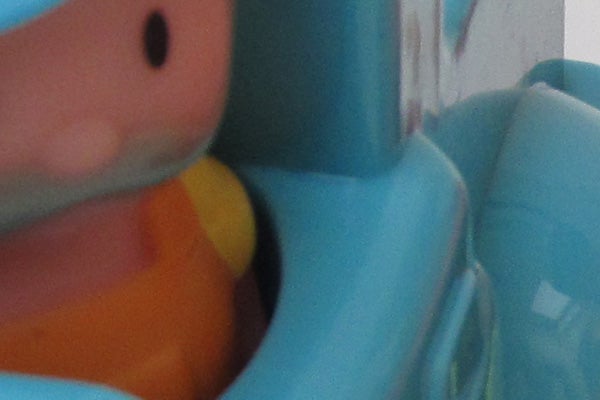
Same lack of noise to report at ISO200, so the camera is performing as we would expect at this level.
—-
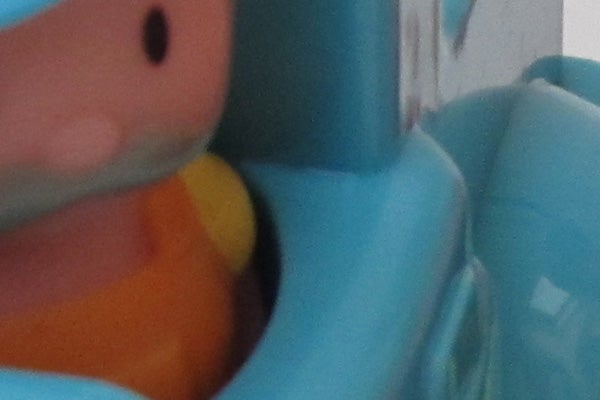
Moving up to ISO400 and, again, hardly any discernible difference in terms of noise, even when close up on shadow detail.
—-
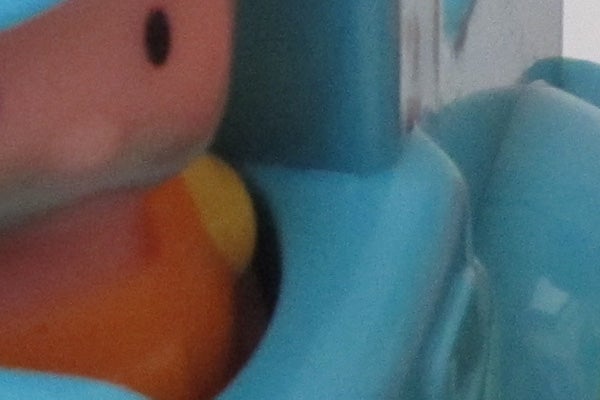
Noise is becoming more pronounced when examining shadow detail at ISO800, but overall it’s not too distracting.
—-
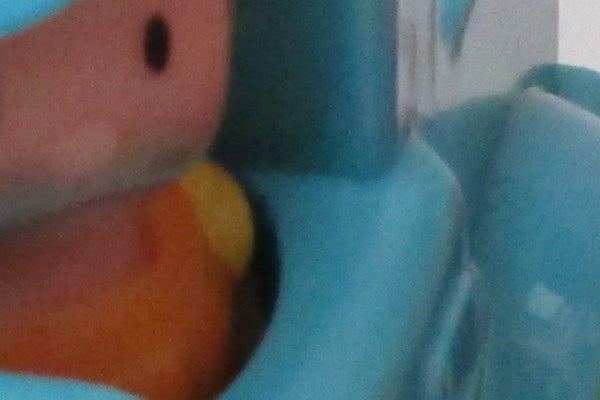
An incremental softening of detail and increase in noise at ISO1600, as is to be expected. Having said that we’d argue that the image is still usable at this setting.
—-
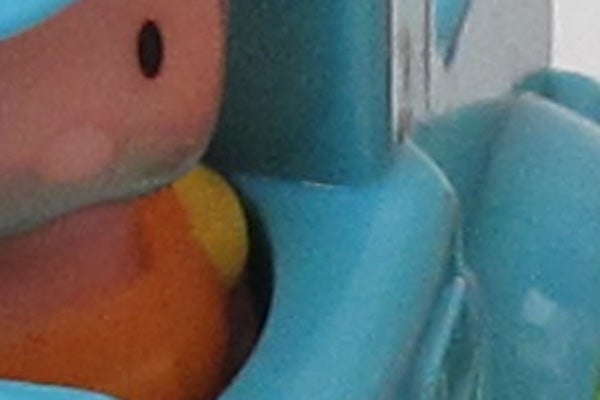
…And so we’ve tried shooting our test image with Low Light mode selected, which effects an image resolution drop. That’s partly responsible for a cleaner and brighter looking image overall, even if the size of the image is just under 400k.
—-
”’A more general selection of unadjusted test shots are revealed on this page and next to act as an evaluation of the PowerShot SX130 IS in a variety of shooting conditions.”’
—-

This close up macro shot with the camera at maximum wideangle setting has captured plenty of detail and some pleasingly realistic colours too, with little if any adjustment needed straight out of the camera.
—-

A different texture with which to assess detail by, and another wideangle shot. You’ll note that there’s little if any barrel distortion evidenced in the brick work, and good edge to edge sharpness at this setting too, with none of the tell-tale fall off towards the corners usually seen from budget models.
—-

Two examples of how the lens performs, at maximum wideangle and extreme telephoto, from the same vantage point. Though detail is unsurprisingly softer at maximum zoom, the SX130 IS has still held detail surprisingly well.
—-
”’Here are some general test shots taken with the SX130 IS to give an idea of performance ability when it comes to image quality, dynamic range, and colour rendition.”’
—-

Among the digital effects options found with a twist of the shooting mode dial to the scene options is Miniature mode, which apes the effect of using a tilt and shift lens. The portion of the image in focus is narrowed to a central band, the surrounding blur giving it an other-worldly model village appearance.
—-

Here we’ve selected Vivid mode from the SX130 IS’ ‘My Colors’ options to give the red of our postbox that extra visual boost to lift it from its drab backdrop. The effect works subtly well and avoids appearing overblown.
—-
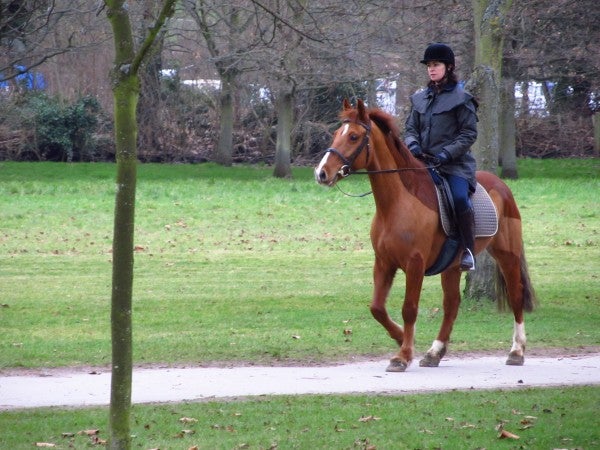
Another handheld maximum zoom shot with some tell tale softness in evidence, but sufficient detail maintained nonetheless to make this worth saving.
—-

A wide angle and extreme telephoto comparison utilising the SX130 IS’ default colour settings. The overall shot is a bit flat and lacking in contrast which can be improved with a little judicious photo editing of course, so not a deal breaker in any event.
—-
Trusted Score
Score in detail
-
Value 10
-
Image Quality 8
Features
| Camera type | Super Zoom |
| Megapixels (Megapixel) | 12.1 Megapixel |
| Optical Zoom (Times) | 12x |
| Image Sensor | 1/2.3-type CCD |
| Optical focal length | Equivalent to 28-336mm in 35mm film terms |
| Shutter speed | 15-1/2500 sec |
| Auto focus | Face detection, 1-point AF |
| Manual focus | Yes |
| Max output resolution | 4000x3000 |
| Other resolutions | 2816x2112, 1600x1200, 640x480, 4000x2248 |
| Focus range | 1cm to infinity |
| Exposure control | P, A, S, M |
| Exposure metering | Evaluative, Centre Weighted average, Spot |
| Exposure compensation | 1/3 EV step, +/- 2EV |
| Image Stabilisation | Optical |
| ISO settings | Auto, 80, 100, 200, 400, 800, 1600 |
| LCD Monitor | 3-inch, 230k dot resolution |
| Viewfinder | None |
| Flash range | 50cm to 3 metres (Wide), 1 metre to 2 metres (Telephoto) |
| Flash modes | Auto, Manual flash on/off |
| White balance modes | Auto, daylight, cloudy, tungsten, fluorescent, custom |
| Drive modes | Single, continuous, self timer |
| Image formats | JPEG |
| Picture adjustments | Vivid, neutral, sepia, b&w, film light skin, dark skin, vivid RGB, custom |
| Video (max res/format) | 1280 x 720 pixels at 30 fps |
| Movie length | Up to 4GB or 10 minutes |
| Self timer | 2, 10 secs |
| Memory card slot | MMC, MMCplus, SD Memory Card, SDHC Memory Card, SDXC Card |
| Supplied memory | None |
| Batteries supplied | 2x alkaline AAs |
| Charger supplied | No |
| A/V output | Yes |
| Charging/Computer Connection | USB 2.0 |
| HDMI | None |
| AV Out | Yes |
| Manual | Basic printed guide, full manual on CD |
Physical Specifications
| Dimensions Width (Millimeter) | 113.3mm |
| Depth (Millimeter) | 73.2mm |
| Weight (body only) (Kilogram) | 308g including batteries and memory cardkg |

